Did you ever wonder where and why should you apply for your first job(s)?
#1 - Digital Transformation - The rise of the startup hype:
The Digital transformation has made the small companies, more than ever, the best place to start a career.
Everything in life is dynamic as time passes by. New innovations, technologies, ideas, needs, …, come to life and so, one has to evolve, transform. In the midst of the digital era, the need to embrace these new tools, ways of doing business to match customers evolving needs is real. It’s necessary in order to maintain a competitive advantage vs competitors and/or new entrants.
Let’s have a look at the opportunities it can create for young graduate when it comes to start one’s career.
Career or learning path
A few years back, Jack Ma, Alibaba founder, gave his now famous advice when it comes to managing one’s career:
- Be a good student (under 20)
- Follow a good boss (small company - 20-30)
- Work for yourself (30-40)
- Focus on things you are good at (40-50)
- Work for or invest in young people (50-60)
- Spend some time for yourself (over 60)
Why one, between her 20 and 30’s, should go and work for a ‘small company’? Pretty interesting detail, isn’t it? Actually, I can’t agree more with this statement.
First for having built and managed a small company, it makes me not very objective for sure. Now, having had the experience of large companies, working inside and for as supplier, allows me to bring some objectivity to this discussion.
Note that when speaking about SME, small company, I refer to small local autonomous structures.
When graduating most of the students are not properly prepared to searching for a job. It does not come as a surprise that the big names of large corporations pop up in their mind first. It will be mostly companies they are dealing with in their daily life (banks, automakers, FMCG, retailers, …), and often the same present in the job fairs and/or offering internships.
As a consequence, thousand of small companies remain totally under the radar.
You can't judge a book by its cover
From a young graduate perspective nothing is more reassuring than going for the big ones. It offers a shiny title, a golden package, a nice line on a CV and more important a social reward from the parents and friends. Despite some progress these last 5 years, small companies, at the opposite, keep struggling in competing with the big ones on the recruitment turf.
Interestingly, all the above mentioned elements are related to the external social pressure. The ideal corporate path, a very 60-70-80’s vision of our occidental society. In the meantime, the “disrupting” Silicon Valley has emerged, with the advent of the public internet in the 90’s, bringing what we can call the Digital Transformation. Not per se changing the essence of what we do but much more how we do it and its formal aspect. Might it be building, communicating, working, consuming, interacting, ...
Challenging the status quo of the classical dominant layers of the society (established people, established companies), the rise of the technologies has brought the wave of startups’ hype.
When I graduated back in 2005, none of the students I graduated with was interested in tech nor in entrepreneurship. A little bit more than ten years later, it’s hard to find students that would not consider working for Facebook, Google, ... , willing to change the world with new technologies. Tech, startups and entrepreneurship are the new cool.
#2 - Digital Transformation - All-in for small structures:
Small is beautiful
Not all SME’s are Google but nothing’s better than a SME with a good direct manager to start one’s career. A gold nugget. Every minute you can spend with a colleague is a gold nugget in the form of knowledge that’s being transferred to you. Her experience can frame you, contextualise your actions. She will let you fall to learn faster. Let you taste the dust while helping you take the fast learning line.
What matters is what’s in the job, not what it looks like. Not the title nor the social status. Not even the package, the monetary package.
What for experience and expertise are you going to develop? What are you going to learn on the ride? What will make you grow personally and professionally? All that glitters is not gold and small is beautiful!
A posteriori vs a priori knowledge - Empirical evidence
In a SME, you’re quickly frontline. You learn to take responsibilities and risks. You’re going to be multitasks. You will do things because they have to be done not because they enter in the scope of your job title and job description. Reality is multi-dimensional so should your job be.
One learns by doing, not discussing in meetings thanks to beautiful theoretical sales pitch Powerpoint presentations. Usually, right after this big meetings, the big, the middle, the small and all the bosses will transfer responsibilities across departments, suppliers and team members. A transfer of risk to survive in a big corporate environment by securing the option to later be able to point fingers at others if something goes wrong. Theory and reality being to different conceptions, there will always be something going … differently.
Schools are good (or not) at teaching theory. At the nursery, one starts with learning by doing until she’s 3. Then for the first few years theory and practices are getting balanced. Afterwards it evolves quickly to more and more theoretical learning until she’s at least 16-18 years old. For those moving their studies forward and aiming at graduating from a bachelor or even a master degree, this theoretical world continues until their 23-24 years old. Why would one want to keep doing theory except to stay in her comfort zone?
Small innovation
Innovation, like everything, starts small. Hence the innovator’s dilemma hitting the larger structure. Big established corporations strive for exploiting their past (innovation), and get the most out of an already large gold vein. They are under the short term pressure of their quarterly earnings reports.
At the opposite, small companies strive for their survival. Each single new client is a major win and allows the company to keep innovating on its product/service quickly, hoping, soon or later, to disrupt the market or the value network.
As a consequence, small structures are more prone to take on this challenge. Their agility, flexibility, skin in the game allow them to embrace more easily new technologies. They can deliver differently, more effectively, more efficiently a job required to be done by a customer.
#3 - Digital Transformation - Same job different organization:
Jumping off the cliff
When I decided to quit a comfortable position at a sexy big (though small/agile thinking) company, I went out of my comfort zone. That is where, actually, you have no more choice than to learn by “building your wings on the way down”.
… in a well established industry
My co-founder and I entered a well structured and established industry, the media agencies (media buying) one. There are 6 major global players: Omnicom, WPP, Publicis, Havas, Dentsu, IPG. Though we came on the Belgian market with a totally different approach in what was then a small niche, Search and Web Analytics.
Usually, on the expertise side, the market standard was having an Ad Ops, a Trading Desk for Programmatic activities, a Social Ads expert, a Search expert, and a Planner. It would be like if you have Facebook on your phone, it means you could not be able to enjoy Instagram, Pinterest, Snapchat, Twitter, YouTube, nor being capable of using Google Maps, and so on. It would be like if you can cook meat, you couldn’t cook fish, nor pasta!
Platforms for managing digital advertising campaigns are very similar in the way they work and their main principles. Challenges rely in the capacity to learn the basic recipes and to keep learning more advanced ones along the way … by practicing.
Culture eats strategy at breakfast
First, we brought two expertises together: Search (traffic acquisition to one’s website) and Web Analytics (understanding consumer activity on these website).
Then, we strongly believed, because we were able to do it ourselves, that both these expertises could be managed by one person.
We focused on hiring not Communication, Advertising specialist but analytical, business, data and technical oriented people.
Moreover, we had also noticed the Client’s frustration of their Sales/Client Responsible or Account Manager. Very often, the Client had a question. That question could not be answered by her contact person. Thus, this last one had to reach out to the specialist.
Very often, the Client’s question was misunderstood and so the specialist’s answer weren’t matching the client’s need, fueling more frustration. We cut this intermediary. Specialists weren’t jumping from one client need to another, specialists were integrated in clients’ dedicated teams.
It built a stronger relationship, a true understanding of the Client’s business, organisation, market and shorten the time to response, improving the client service quality.
We improved the service by adding drinks to the food in a single yet flexible menu and addressed the frustration of serving it fast and fresh/hot. Our kitchen was how we could feed our people with the appropriate knowledge.
Basically, we decided to go for a matrixial organization with main business units being client oriented and transversal ones being expertise related. We leverage a 80/20 time approach where people spend 80% of their time managing their client’s needs and 20% developing and maintaining a cutting edge Team’s expertise.
All these, forged in a strong culture built around three core values #open #share #knowledge.
Verba volant, scripta manent
"Everyone is entitled to his own opinion, but not to his own facts" (Patrick Moynihan). 8 years later, a few data points speak for themselves: from 2 to 37 people, a service revenue growing from 0,8M€ in 2010 to about 5M€ in 2016.
Moreover, we are also proud of having long lasting relationships and trust of many Belgian blue chips companies. This model has proven to be working.
Though, still today, mainly by industry veterans, this model is said to be impossible. Larry Page once said: “Let’s have a healthy disregard for the impossible”.
Unique opportunity
So, why working for a small structure is such an opportunity? Because these are the ones that believe impossible is nothing. These are the ones that make it happen. These are the ones where you’re not asked for a pre-defined job, where you constantly need to multitask, learn fast, where you’re pushed out of your comfort zone. Where you contribution has a direct impact on the whole. Think about it, so much to win!
{snippet nicolasdebray-en}

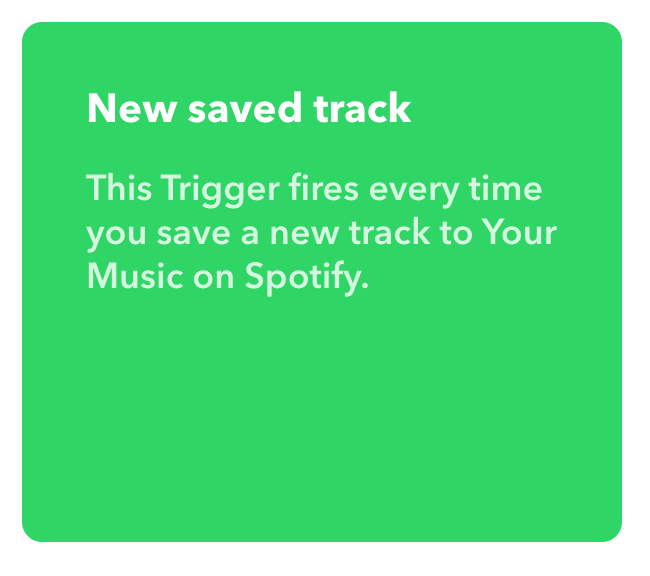

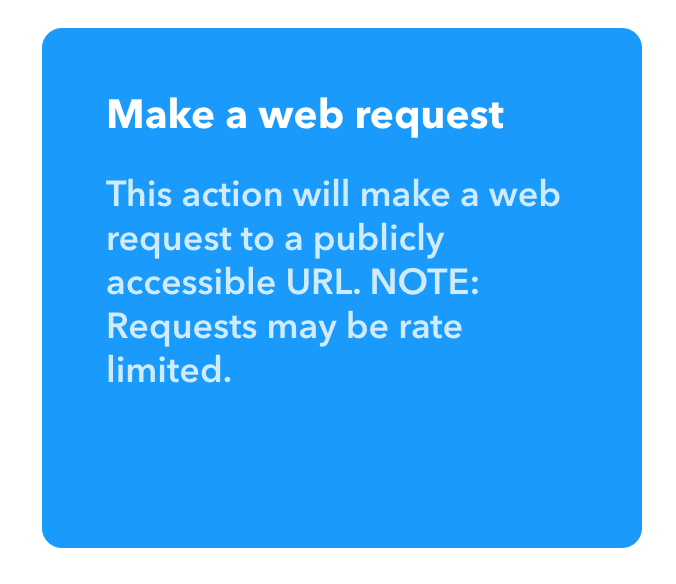
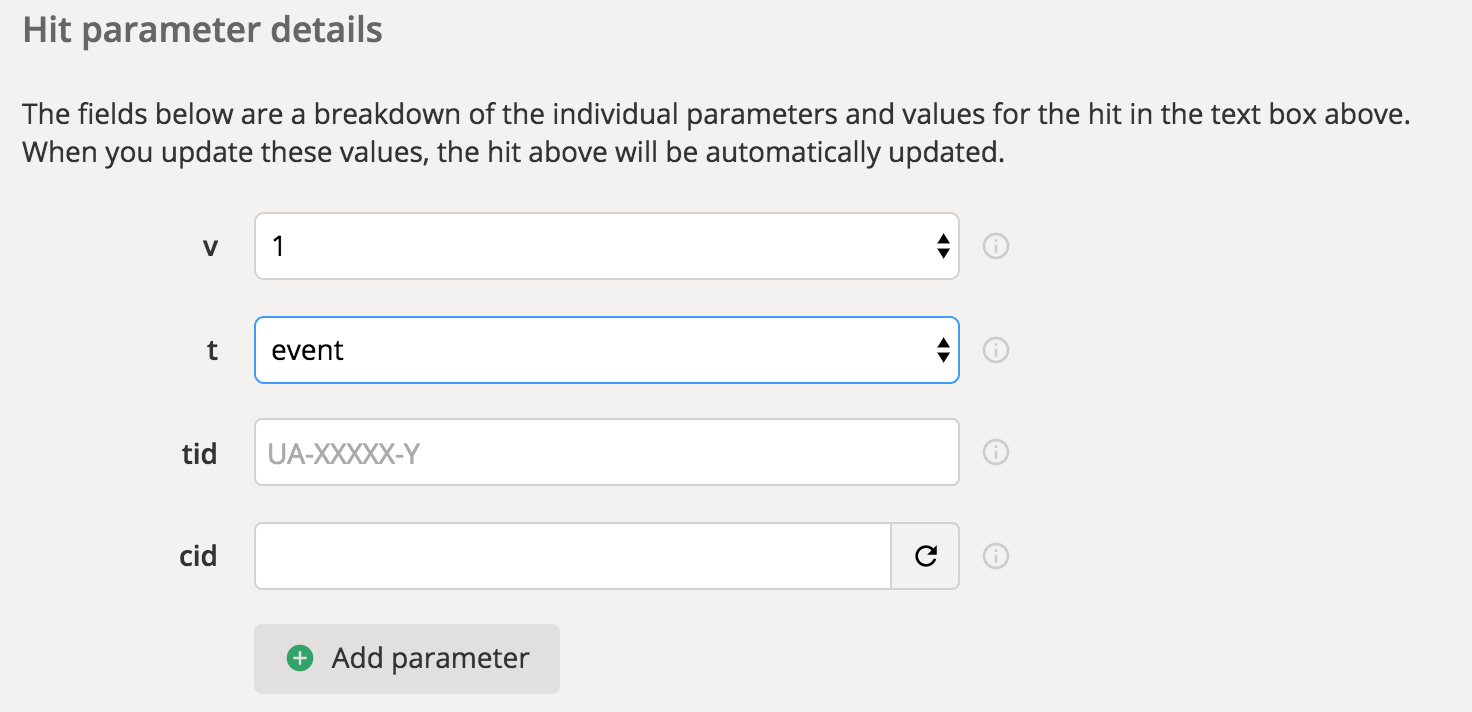

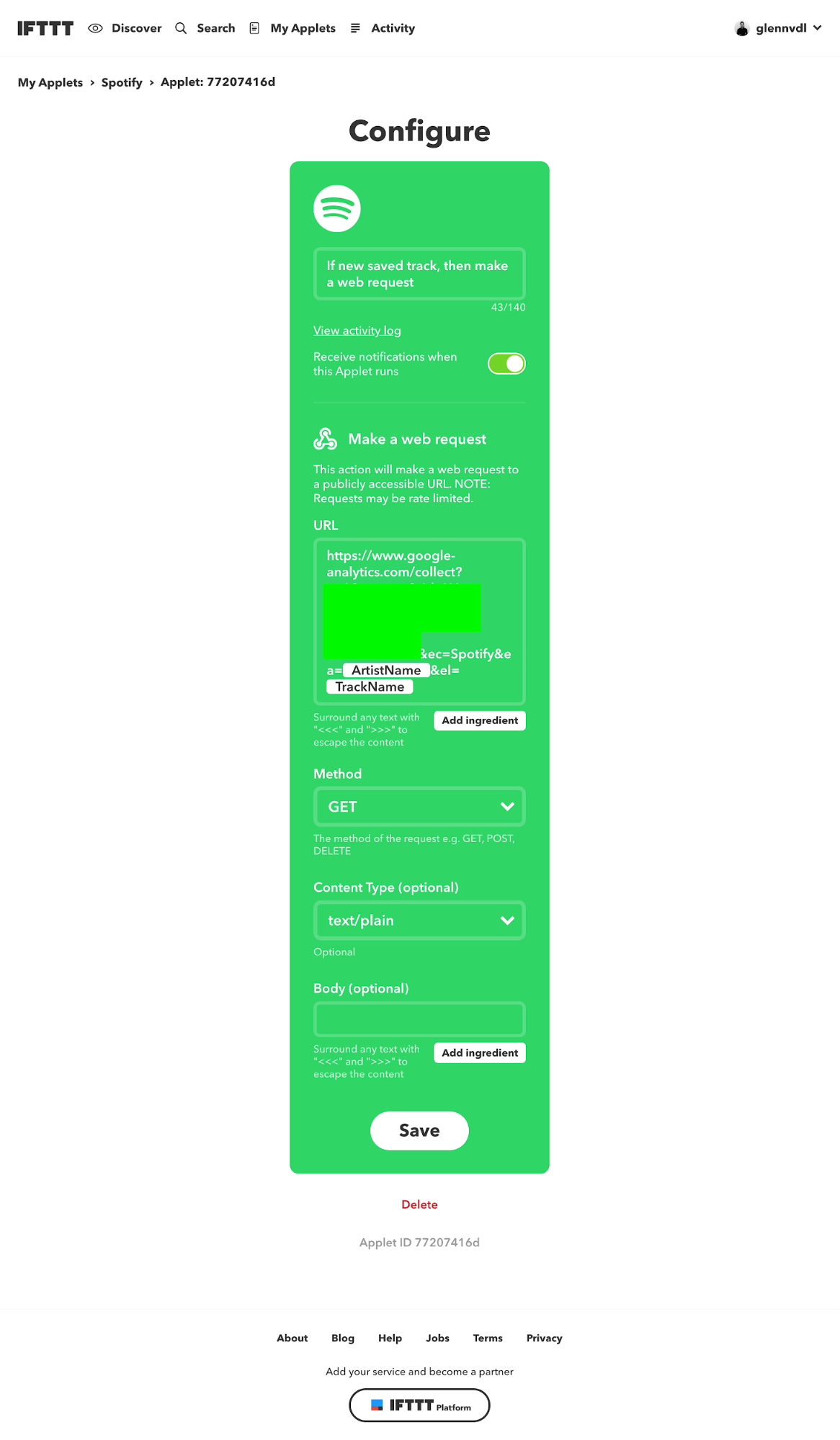

![]()
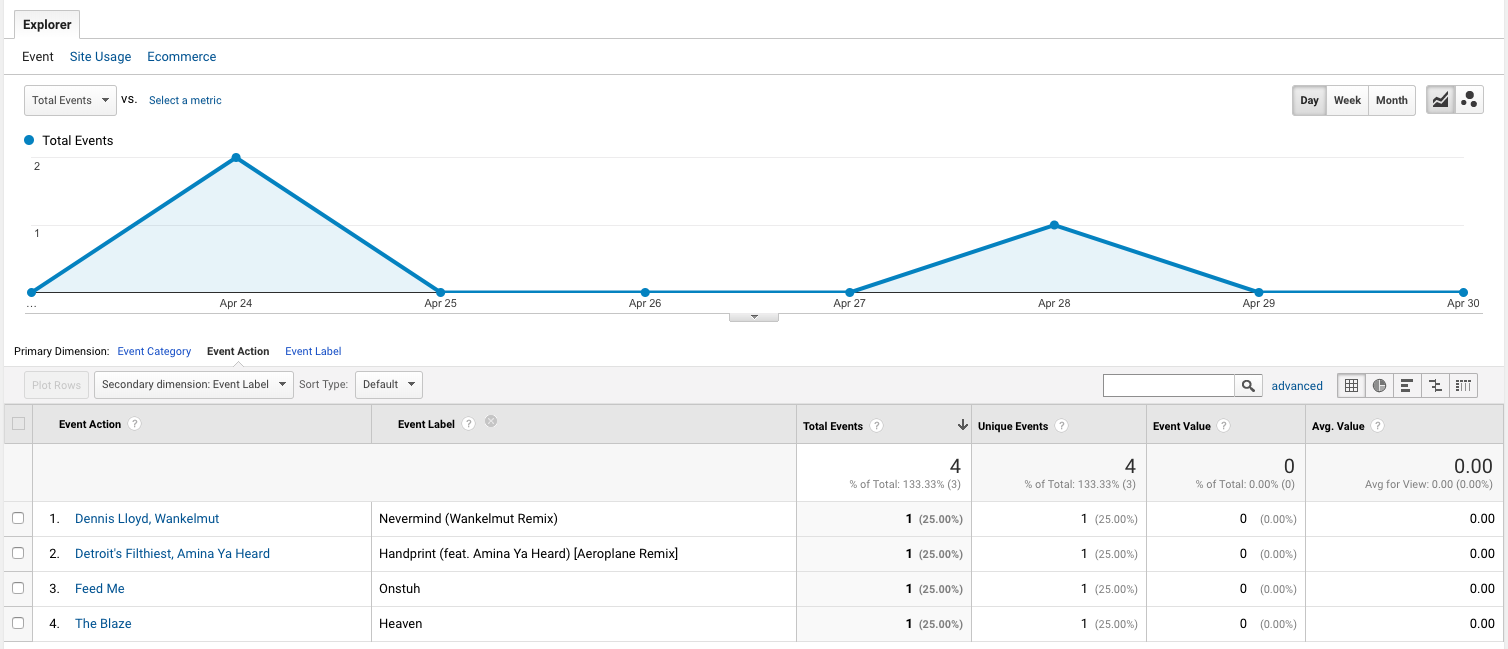

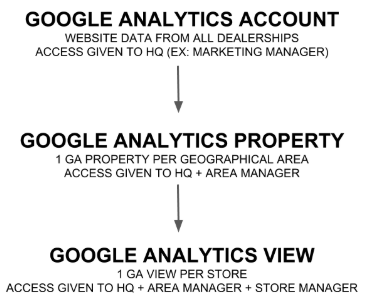
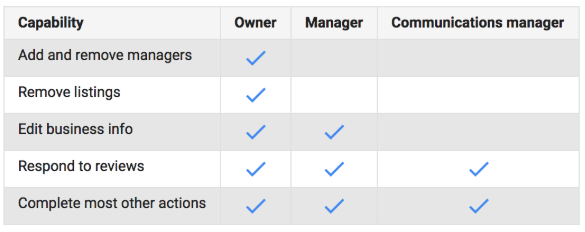
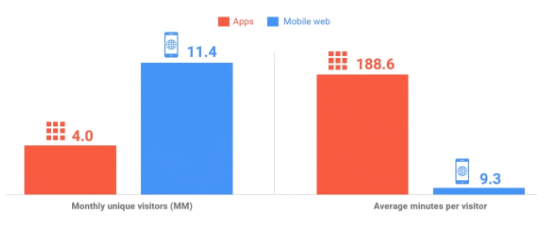
 In a short period of time, voice-activated speakers have become part of people’s routines. Some of their daily habits, are now accomplished by talking to their virtual assistant. As a result, people are getting more done with less friction. Besides of this, people are engaging with their voice-activated speakers as if they were human. People perceive the devices as more than just an electronic toy, they’re more seeing it as another person or a friend.
In a short period of time, voice-activated speakers have become part of people’s routines. Some of their daily habits, are now accomplished by talking to their virtual assistant. As a result, people are getting more done with less friction. Besides of this, people are engaging with their voice-activated speakers as if they were human. People perceive the devices as more than just an electronic toy, they’re more seeing it as another person or a friend.
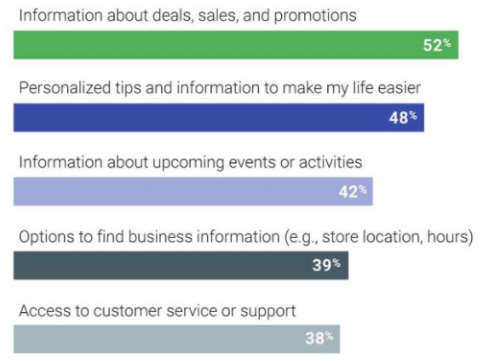 This could really be an interesting opportunity for brands in the coming years to come.
This could really be an interesting opportunity for brands in the coming years to come.